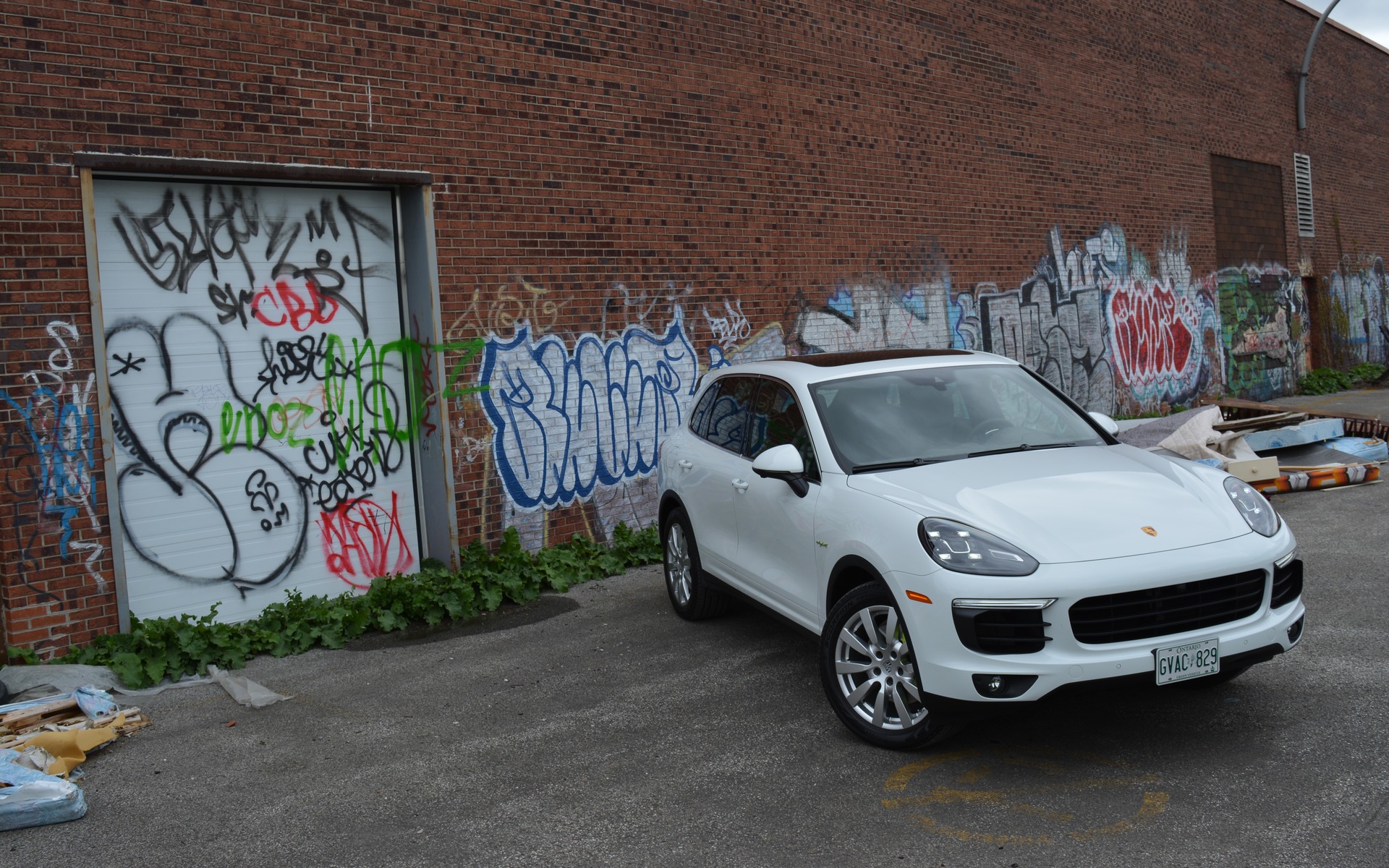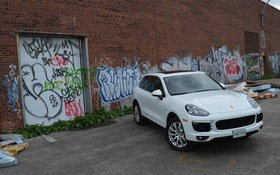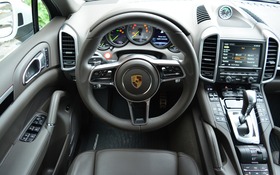2016 Porsche Cayenne S E-Hybrid: The Good and Bad of the Cayenne

| Strong points |
|
|---|---|
| Weak points |
|
Some brands seem to do no harm, at least on the surface. With little or no effort, whatever companies like Apple or McDonald’s touch seems to turn to gold, but sometimes, they miss the mark. I’m thinking about the Apple Watch and the McLean Deluxe, to name two examples.
Porsche doesn't make mistakes; however, they too can occasionally miss the mark. After driving the new Volvo XC90 T8 and the Range Rover HSE Td6, I felt that Porsche had come up short with their hybrid powertrain alternative. I’ve driven the Cayenne diesel (when it was available) and it stood as my first line of comparison, then the PHEV Volvo followed by the RR. Out of the four, the Cayenne S E-Hybrid ranks dead last.
The one-compromise version
Like most auto critics, I can usually find little wrong with Porsche’s saviour, the Cayenne. It handles, it looks good, it goes fast and hell, it’s a Porsche. After a week with the E-Hybrid, I was miffed with the overall driving experience and the performance.
Don’t get me wrong; the technology is all there. The 3.0L supercharged V6 is mated to an efficient electric motor whose combined power output is of 416 horsepower. The true gold lies in the system’s combined torque output of 435 lb.-ft., on tap from 1250 rpm to 4000 rpm. From a standstill, the Cayenne will romp to 100 km/h in just under six seconds, but that’s missing the point of this vehicle.
Sure, the 2016 Porsche Cayenne S E-Hybrid moves, but the experience is marred by what seems to be an overly complex management of EV/Hybrid/gas powertrain mixology. Within reason, I attempted to be a good boy…but in the end, I did not get what I wanted out of a week with a Cayenne.
As expected, the mechanicals behind the driving are just about spot-on. Steering is dry, but with superb precision while the brakes are more than up to the task, with outstanding pedal responsiveness. Porsche’s Traction Management (PTM) sorts out the wheel and power equations, ensuring forward (or reverse) momentum in all types of imaginable road conditions. All of these elements are Porsche through and through. Be that as it may, the regular routine drive to the local Costco was not so fun and efficient.
The way the technologies are integrated is uncharacteristically spasmodic, very much unlike Porsche. The transitions between modes lacked transparency, especially when running out of electric range. The eight-speed Tiptronic S’ job of transmitting power to the wheels occasionally seamed laboured in electric drive, as though it was anticipating a kickdown from the driver. Depending on driving conditions and demands, the E-Hybrid offered an 18-to-36 km range of pure electric driving which becomes attainable after roughly three hours of charging.
My best full-electric commute was of 29 km and it got me to thinking: is the E-Hybrid investment worth it? The whole of this debate belongs in a blog, but the point was is the occasional jerkiness worth saving roughly 15% in fuel costs over a basic Cayenne S?
Despite being garnished with the Sport Package (Sport chrono, air suspension with Porsche Active Suspension Management and sport tailpipes), I generally drove the Cayenne with all the settings in normal and comfort. It all seemed best suited to the truck, and well, roads in the Greater Montreal Area. With all my equally uncharacteristically adult-like behaviour at the wheel of the Cayenne, I averaged 8.5 L/100 km. When compared to the XC90 and Range Rover (averaging 9.5 L/100 km), the effort isn’t worth it.
With all its fantastic performance equipment, the Cayenne S handles superbly and really could drive like a Porsche, but the E-Hybrid aspect spoils this vehicle’s good name.
Premium accoutrements
The Cayenne offers an amazing cabin. The materials, fit and finish are flawless and no one ever wants to leave the 14-way power heated-ventilated front seats. On top of being comfortable, they snuggly hold occupants in place when driving becomes spirited. The rear bench is spacious, but best suited to two passengers. The trunk is large to boot—the Cayenne is a perfect posh family hauler.
Little can be said about the dashboard and centre console other than they are somewhat busy, but the look is entirely business. What’s more, once familiarized with control location (a matter of minutes), getting the HVAC set perfectly while arranging ride height can be accomplished in moments. In time, expect the new Porsche Communication Management (PCM) to bring the entire user experience into the present with a new screen, but at the moment, it all still works well.What I love and hate about the Cayenne is that every generation is updated to perfection. In the same stroke of genius, the previous generation ages ten years overnight.The current Cayenne is as handsome as ever with the right dose of muscle, elegance and attitude. The tested E-Hybrid featured the lovely 20” Cayenne Sport Design wheels over a plain white coat of paint. As is, there’s no doubting that this is a high-end vehicle, but it’s a far cry from being in your face.Porsche’s Cayenne is a terrific vehicle that deserves all the love it’s received over the years. It may not have been all that reliable back in the day, but in 2016, few others can do what it does with as much assurance. Between the Range Rover and the Cayenne, the choice would be difficult to make.











